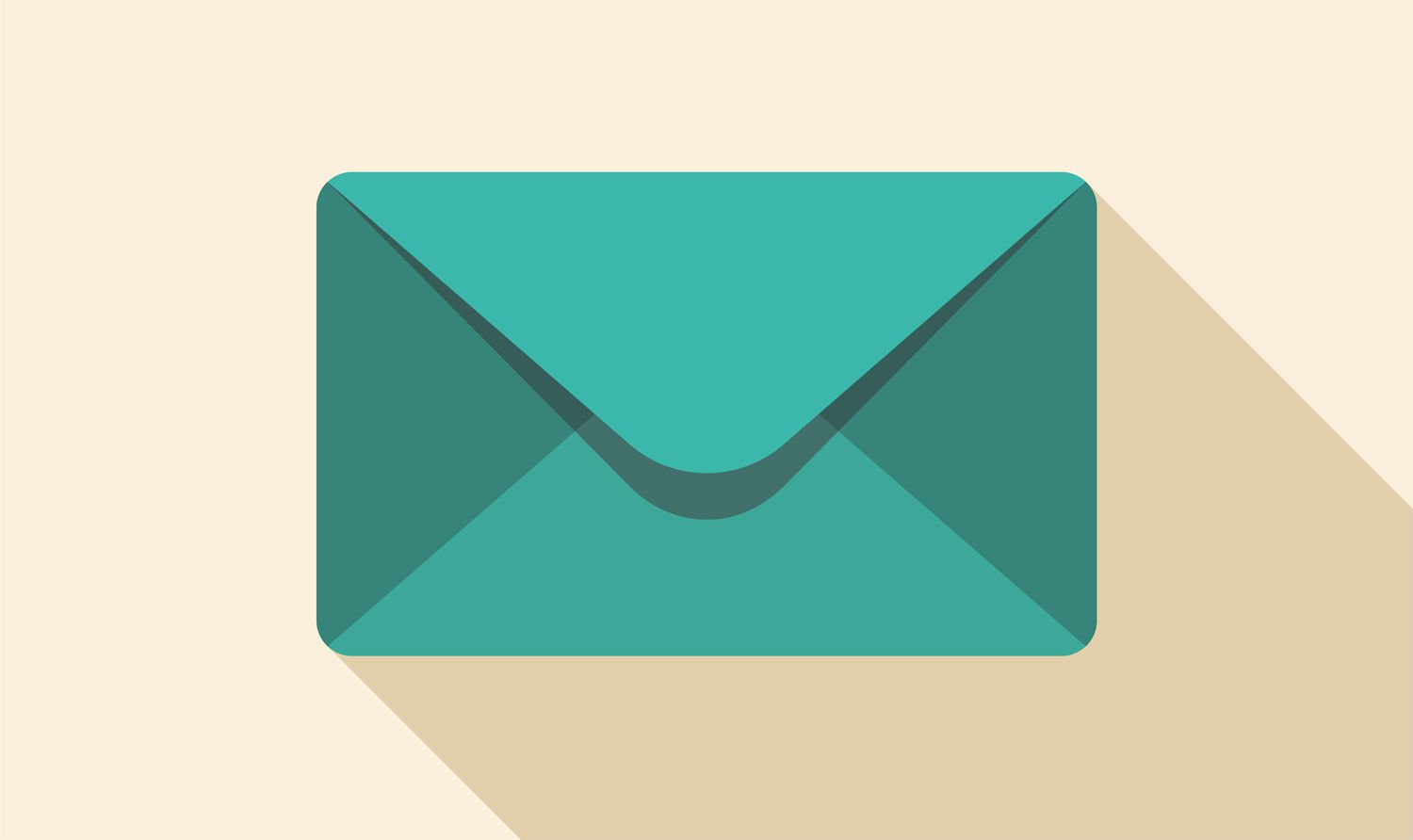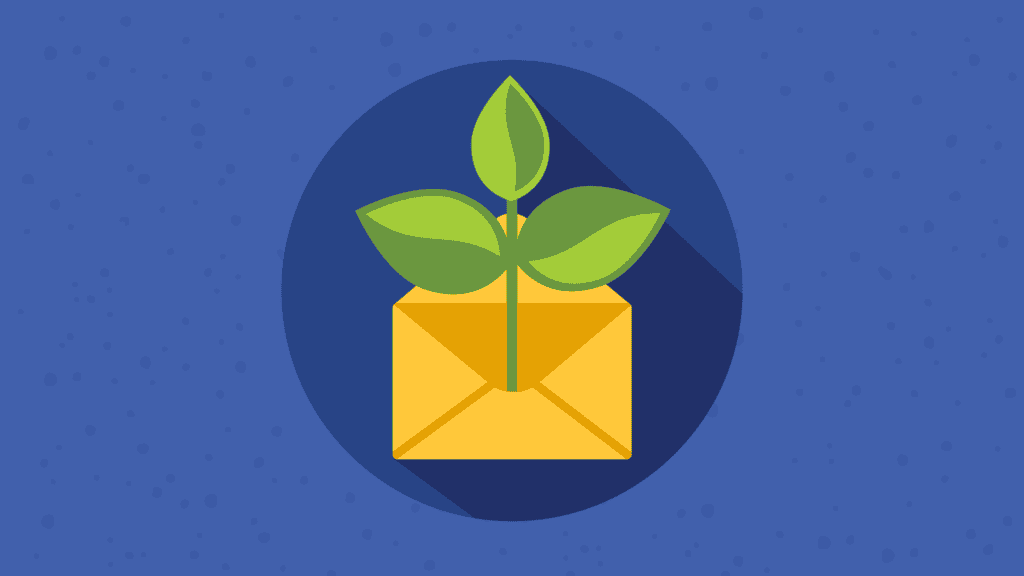Howdy man! So…email marketing. I know what you’re thinking: “Ugh, email is so boring!” But trust me on this one. When done right, email can be a powerful tool for building relationships with your audience and growing your business.
Think of it this way: email is like a virtual handshake. It’s a way to connect with your readers on a personal level and show them that you care.
In this blog post, we’ll explore the secrets to crafting nurturing email copy that transforms casual readers into loyal fans. We’ll cover everything from understanding your audience to writing subject lines that get people clicking.
Why Email Nurturing is the Secret Weapon You Need
In a world saturated with fleeting social media posts, email provides a unique opportunity to foster lasting connections. It’s a direct line to your audience’s inbox, where you can deliver valuable content and build trust over time.
Here’s why email nurturing is such a game-changer:
- Boost Your Sales: Nurtured leads buy more! They’re 47% more likely to make larger purchases compared to non-nurtured leads.
- Cut Marketing Costs: By targeting the right people with the right message, you can increase your return on investment and reduce wasted marketing spend.
- Connect With Your Customers: Email allows for personalized communication, letting you tailor your message to specific segments of your audience.
- Build Brand Loyalty: By consistently providing value and nurturing relationships, you can turn casual subscribers into raving fans who love your brand.

Unleash the Power of Personalized Email Sequences
An email sequence is a series of automated emails that are sent to your subscribers over time. The key to a successful sequence is to make it feel personal and relevant to each recipient.
Time-Based Email Sequences: These sequences send emails at predetermined intervals. For instance, you might send a welcome email right away after someone subscribes, then a series of educational emails over the following few weeks.
Trigger-Based Email Sequences: These sequences are a result of specific actions that your subscribers take. For example, if someone abandons their shopping cart, you could send them an email reminding them to complete their purchase.
Here are a few types of email sequences you can use to nurture your audience:
- Welcome Email Sequence: Greet new subscribers and set the tone for your relationship.
- Onboarding Email Sequence: Guide new customers through using your product or service and showcase its benefits.
- Cart Abandonment Email Sequence: Recover lost sales by reminding people about the items they left behind.
- Re-engagement Email Sequence: Reconnect with inactive subscribers and rekindle their interest.
- Promotional Email Sequence: Highlight special offers, new products, or upcoming events.
Before You Hit “Send”: Laying the Groundwork for Email Success
Before you start writing your emails, it’s crucial to understand your audience and what they need. The more you know about your readers, the better you can tailor your message to their specific interests and pain points.
Here’s a checklist to help you prepare:
- Identify Your Audience: Who are you trying to reach? What are their demographics, interests, and goals?
- Define Your Goals: What do you want to achieve with your email sequence? Do you want to increase sales, drive traffic to your website, or build brand awareness?
- Choose Your Email Marketing Platform: There are many great email marketing platforms available, such as Mailchimp, ConvertKit, and ActiveCampaign. Choose one that fits your needs and budget.
- Create a Lead Magnet: Offer something valuable, like an ebook, checklist, or webinar, to entice people to subscribe to your email list.
- Organize Your Email List: Segment your subscribers into different groups based on their interests or behavior so you can send them more targeted emails.
Content is King: Fueling Your Emails With Valuable Insights
The content of your emails is what will keep your readers engaged and coming back for more. Make sure every email you send provides value and helps your audience in some way.
Struggling to come up with content ideas? Here are a few tips:
- Tap Into FAQs: Address common questions your audience has about your industry, product, or service.
- Acknowledge Objections: Address the “elephants in the room”—the r reasons why people might hesitate to buy from you.
- Share Stories: Use anecdotes and case studies to make your content more relatable and engaging.
- Provide Industry Updates: Keep your audience informed about the latest news, trends, and insights relevant to their interests.
Craft Emails That People Actually Want to Read
You’ve got the strategy down—now it’s time to roll up your sleeves and start writing! Remember, you’re writing to a friend, so keep it conversational, engaging, and authentic.

Here’s how to write emails that stand out in a crowded inbox:
Captivating Subject Lines That Demand Attention:
Your subject line is the first impression you make, and it can make or break your email’s success. It needs to be compelling enough to entice people to open it.
Here are a few tips for writing click-worthy subject lines:
- Keep it Short and Sweet: Aim for 6-8 words or less to ensure it’s fully visible on mobile devices.
- Personalize It: Use the recipient’s name or reference something they’re interested in.
- Create a Sense of Urgency: Use words like “now,” “limited time,” or “don’t miss out” to encourage immediate action.
- Ask a Question: Spark curiosity and make people want to learn more.
- Use Numbers: Numbers stand out in a sea of text and make your subject line more eye-catching.
Intriguing Openings That Hook Your Readers:
The first few sentences of your email are crucial for grabbing your reader’s attention and making them want to keep reading.
Here are a few ways to start your emails strong:
- Start with a question: Engage your readers from the get-go and make them think.
- Tell a Story: Draw them in with a personal anecdote or a relatable scenario.
- Share a surprising statistic: Capture their attention with a thought-provoking fact.
- Use Humor: Make them laugh and set a positive tone for the rest of the email.
Value-Packed Body Copy That Keeps Them Reading:
The body of your email is where you deliver the goods—the valuable content that your readers signed up for. Keep it concise, engaging, and focused on providing value.
Here are a few tips for writing compelling body copy:
- Break Up Your Text: Use short paragraphs, headings, and bullet points to make your email easy to scan.
- Use Visuals: Images, GIFs, and videos can help break up your text and make your email more visually appealing.
- Use a Conversational Tone: Write as if you’re talking to a friend, using contractions and informal language.
- Highlight Key Points: Use bold or italics to emphasize important information.
Calls to Action That Convert:
A call to action (CTA) tells your readers what you want them to do next. Make it clear, concise, and irresistible.
Here are a few tips for writing effective CTAs:
- Use Action-Oriented Language: Use verbs that encourage action, like “download,” “register,” or “learn more.”
- Create a Sense of Urgency: Use time-sensitive language to encourage people to act now.
- Make it Stand Out: Use a button or a different color font to draw attention to your CTA.

The Art of Building Trust Through Email
Building trust is essential for any successful relationship, and email is no exception. Your subscribers need to know they can rely on you to provide valuable information and treat their data with respect.
Here are a few ways to build trust through email:
- Be Transparent: Let your subscribers know how you’ll use their data and how often they can expect to hear from you.
- Deliver on Your Promises: If you offer a lead magnet, make sure it’s high-quality and delivers on its promise.
- Be Consistent: Send emails regularly and stick to a consistent schedule.
- Provide Value: Make sure every email you send provides something of value to your readers.
- Be Authentic: Write in your own voice and be yourself.
Polishing Your Emails to Perfection: A Final Checklist
Before hitting that send button, take a moment to review your email and make sure it’s the best it can be.
Here’s a final checklist to ensure your email is ready to shine:
- Proofread Carefully: Typos and grammatical errors can make you look unprofessional.
- Test Your Email: Send a test email to yourself to make sure it looks good in different email clients.
- Check Your Links: Make sure all your links are working correctly.
- Optimize for Mobile: More than half of all emails are opened on mobile devices, so make sure your email is mobile-friendly.
Conclusion
Crafting nurturing email copy is like building a bridge to your audience’s heart. It’s about making genuine connections, providing value, and showing that you care. By following the strategies outlined in this blog post, you can harness the power of email to build relationships that last and transform your business.
Ready to take your email marketing to the next level? Start by implementing just one or two of these tips today, and watch your engagement soar!
FAQ
How often should I send emails? There’s no magic number, but a good rule of thumb is to send emails at least once a month to stay top-of-mind without overwhelming your subscribers. Pay attention to your audience’s engagement and adjust your frequency accordingly.
How can I personalize my emails? Use your email marketing platform to collect data about your subscribers, such as their name, location, and interests. Use this information to personalize your subject lines, greetings, and content.
What if people aren’t opening my emails? Experiment with different subject lines, send times, and content formats to see what resonates best with your audience. You can also segment your list and send more targeted emails to those who haven’t been engaging.

